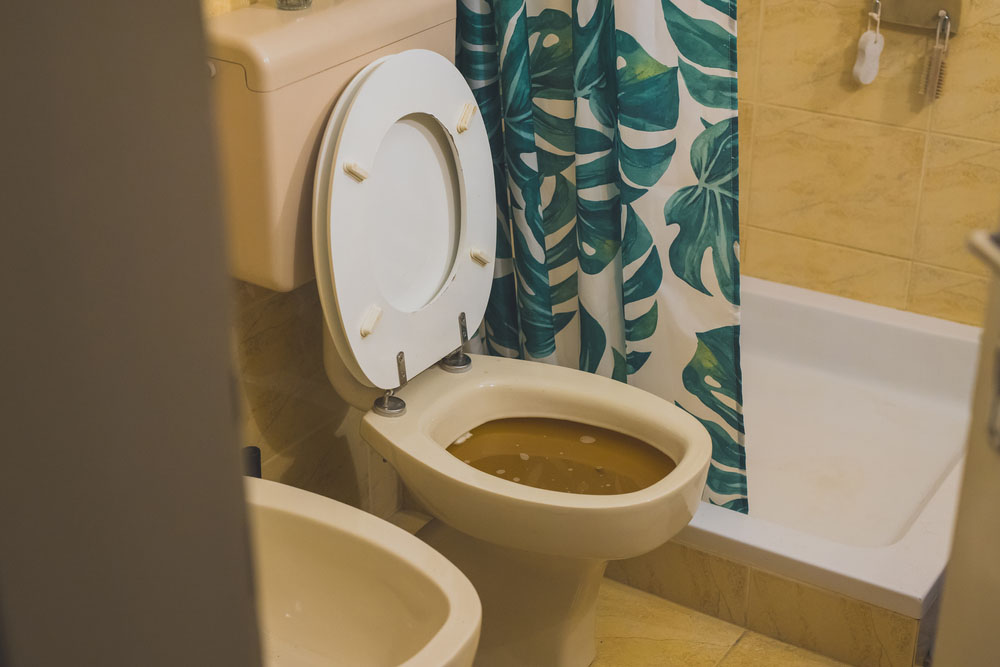Home /
How to Respond Quickly and Safely to a Sewer Backup
By webdev
Jan 28, 2025

A sewer backup is a stressful and potentially hazardous situation that demands quick action. Whether it’s due to tree roots, a blocked line, or an overwhelmed municipal system, a backup can cause extensive damage and introduce health risks if not addressed promptly via professional sewer repair in San Carlos, CA. Here’s how to handle the situation effectively while prioritizing safety.

1. Stop Using Water in the House
Running faucets, flushing toilets, or using appliances like washing machines can worsen the backup by adding more wastewater to the already compromised system. Cease all water usage immediately as soon as you notice a sewer backup happening. If you’re lucky, all you might need is a thorough sewer cleaning. However, a more severe underlying problem may require extensive repairs.
2. Avoid Direct Contact with the Contaminated Area
Sewage contains harmful bacteria and viruses that can pose serious health risks. Avoid walking through affected areas or touching contaminated materials. If you must enter the space, wear protective gear such as gloves, boots, and a face mask.
3. Shut Off the Main Water Supply (If Necessary)
If the backup doesn’t seem to be letting up, locate your home’s main water valve and turn it off. This step helps minimize additional water from entering your system and worsening the damage that might necessitate a complete sewer line replacement.
4. Ventilate the Area
If possible, open windows and doors in the affected area to reduce unpleasant odors and allow fresh air to circulate. This step can also help reduce humidity, which can slow the growth of mold and mildew. If you’ve been keeping up with sewer maintenance all this time, there’s a high chance that the damage is only minimal.
5. Contact a Plumbing Professional Immediately
A sewer backup requires expert assessment. Call a licensed plumber specializing in sewer pipe installation and repairs to identify the root cause and recommend the most effective solution. Prompt professional intervention prevents the issue from escalating further.
6. Notify Your Insurance Company
Many homeowner insurance policies cover sewer backups. Reach out to your insurance provider to report the issue and understand your coverage. Document the damage with photos and keep records of any expenses related to cleanup and repairs.
7. Leave Cleanup to Experts
Sewer backups are not suitable for DIY cleanup due to the associated health risks. Professional restoration services have the tools and expertise to safely clean and sanitize the affected area, preventing long-term damage.
Taking immediate steps to address a sewer backup not only minimizes damage but also safeguards the health and safety of everyone in your home. Trust professionals to handle the situation swiftly and effectively. Contact Bell Plumbing today.
